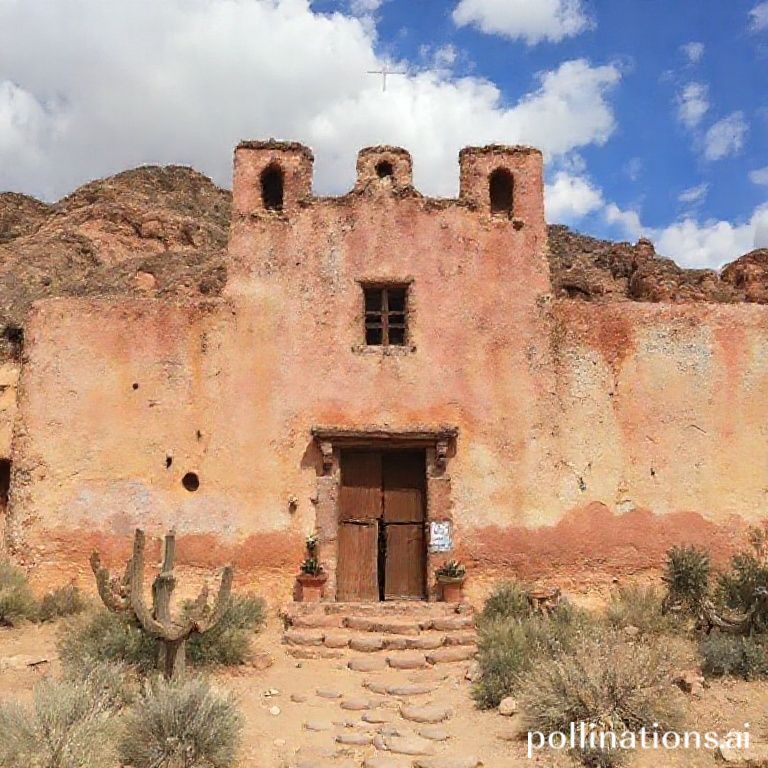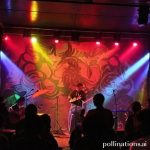Nestled high in the rugged mountains of northern San Luis Potosí, Mexico, lies a town steeped in history, mystery, and an undeniable magic – Real de Catorce. Once a thriving silver mining hub in the 18th century, Real de Catorce experienced a dramatic decline, becoming a near-ghost town by the early 20th century. However, this captivating place refused to fade away, drawing pilgrims, artists, and adventurers, slowly but surely breathing life back into its weathered stone streets.
Today, Real de Catorce stands as a testament to resilience, a unique blend of its rich past and vibrant present. Visiting this surreal town is like stepping back in time, while simultaneously discovering a thriving cultural scene that celebrates both its heritage and its newfound artistic spirit. Prepare to be enchanted by the cobblestone streets, the breathtaking views, and the palpable energy of this remarkable place.
A Journey Through Time: Exploring Real de Catorce’s History
The history of Real de Catorce is as rich and captivating as the silver that once flowed from its mines. Founded in 1779 after the discovery of silver, the town quickly became a major mining center, attracting a diverse population of miners, merchants, and artisans. Its remote location, high in the Sierra de Catorce mountains, contributed to its unique character and isolated beauty.
The Silver Boom and Bust
- The late 18th and 19th centuries marked Real de Catorce’s golden age. The town prospered from the abundance of silver, boasting opulent mansions, grand churches, and a thriving commercial district. The wealth generated from the mines attracted considerable investment and made Real de Catorce one of the most important mining centers in Mexico.
- However, the good times were not destined to last forever. By the early 20th century, the silver mines began to dry up, leading to a sharp economic decline. Many residents left in search of new opportunities, leaving behind a deserted town.
- For decades, Real de Catorce remained a forgotten ghost town, its buildings crumbling and its streets silent. Yet, its isolation and the stark beauty of its surroundings began to attract a new wave of visitors.
The Peyote Pilgrimage and Spiritual Significance
Beyond its mining history, Real de Catorce holds a deep spiritual significance for indigenous communities, particularly the Wixárika (Huichol) people. For centuries, the Wixárika have undertaken sacred pilgrimages to Wirikuta, the desert surrounding Real de Catorce, in search of peyote, a sacred cactus used in their religious ceremonies.
Wirikuta: A Sacred Landscape
- Wirikuta is considered the most sacred place in the Wixárika cosmovision. It is believed to be the origin of life and the home of the gods.
- The annual pilgrimage to Wirikuta is a deeply spiritual journey, undertaken to maintain balance in the world and to connect with the divine.
- The presence of the Wixárika pilgrims adds another layer of mystique to Real de Catorce, further enhancing its unique spiritual atmosphere.
Real de Catorce Today: A Tourist Destination and Artistic Hub
In recent years, Real de Catorce has experienced a resurgence in popularity as a tourist destination. Visitors are drawn to its unique history, stunning scenery, and spiritual significance. The town has undergone significant restoration, with many of its historic buildings being converted into hotels, restaurants, and art galleries.
Things to See and Do
- The Tunnel of Ogarrio: This narrow tunnel is the only road access to the town. The experience of driving through it is quite unique.
- The Plaza de Armas: The main square is the heart of Real de Catorce, surrounded by historic buildings and bustling with activity.
- The Church of the Immaculate Conception: This beautiful church is a major pilgrimage site, particularly during the festival of Saint Francis of Assisi in October.
- Horseback Riding Tours: Explore the surrounding desert landscape on horseback, a popular activity for visitors.
- Art Galleries and Workshops: Discover the vibrant artistic scene of Real de Catorce, with numerous galleries showcasing local talent.
Conclusion
Real de Catorce is more than just a ghost town reborn; it’s a place where history, spirituality, and art converge, creating an atmosphere unlike any other. Its resilience in the face of adversity and its ability to embrace both its past and its present make it a truly magical destination. Whether you’re drawn by its history, its spiritual significance, or its stunning beauty, a visit to Real de Catorce is an experience you won’t soon forget. It’s a reminder that even in the most remote and seemingly forgotten corners of the world, life, art, and magic can thrive.
If you enjoyed this article, don’t forget to explore more inspiring stories on Life in Mexico!
IMAGE: A wide-angle shot of Real de Catorce, Mexico, nestled in a mountainous desert landscape. The setting sun casts long shadows, creating a warm, golden light over the weathered stone buildings and cobblestone streets. In the distance, a few figures on horseback can be seen silhouetted against the horizon. The overall mood is peaceful, mysterious, and evocative of the town’s rich history and spiritual atmosphere. Style: photo-realistic, cinematic lighting.


